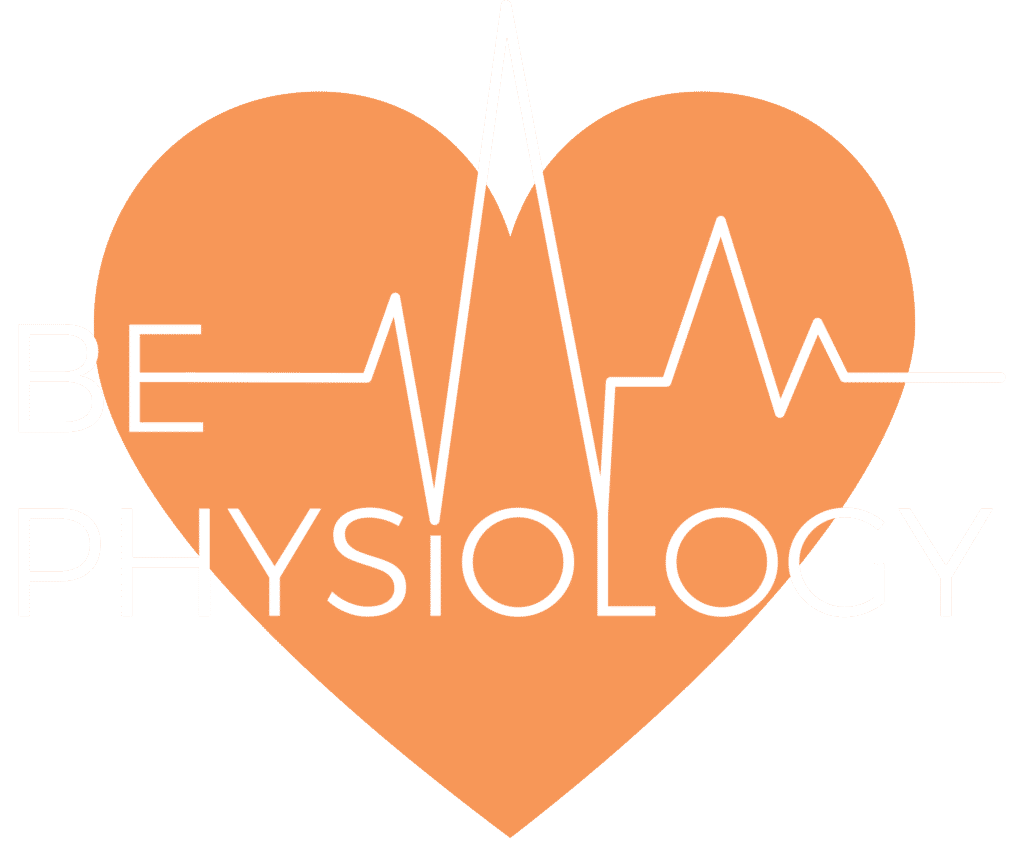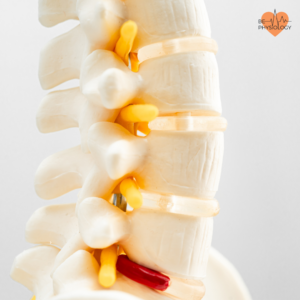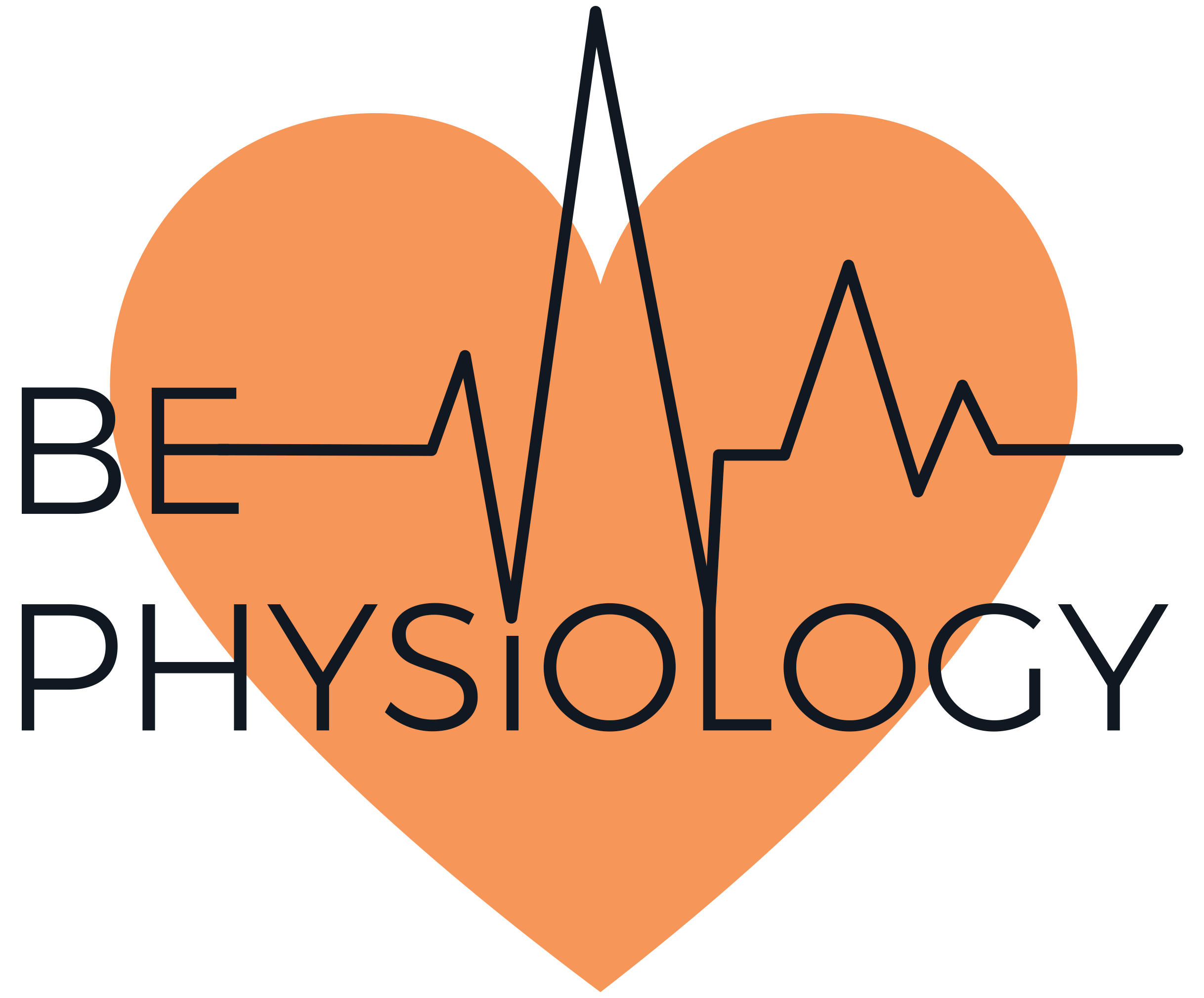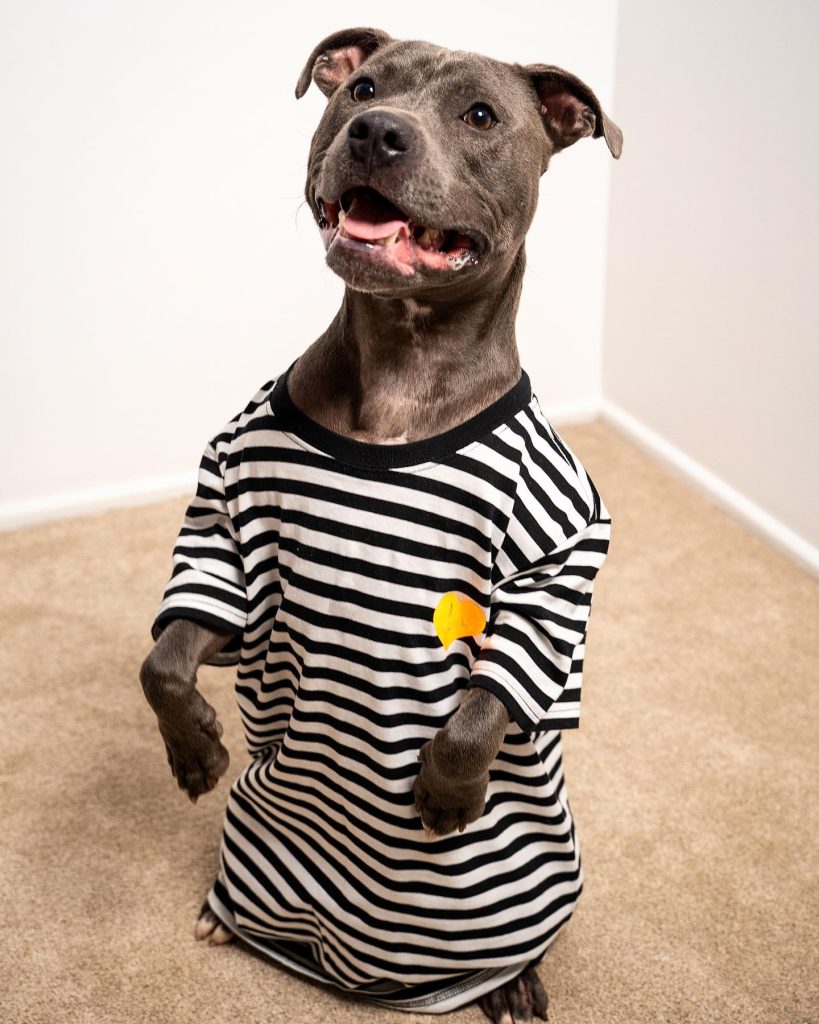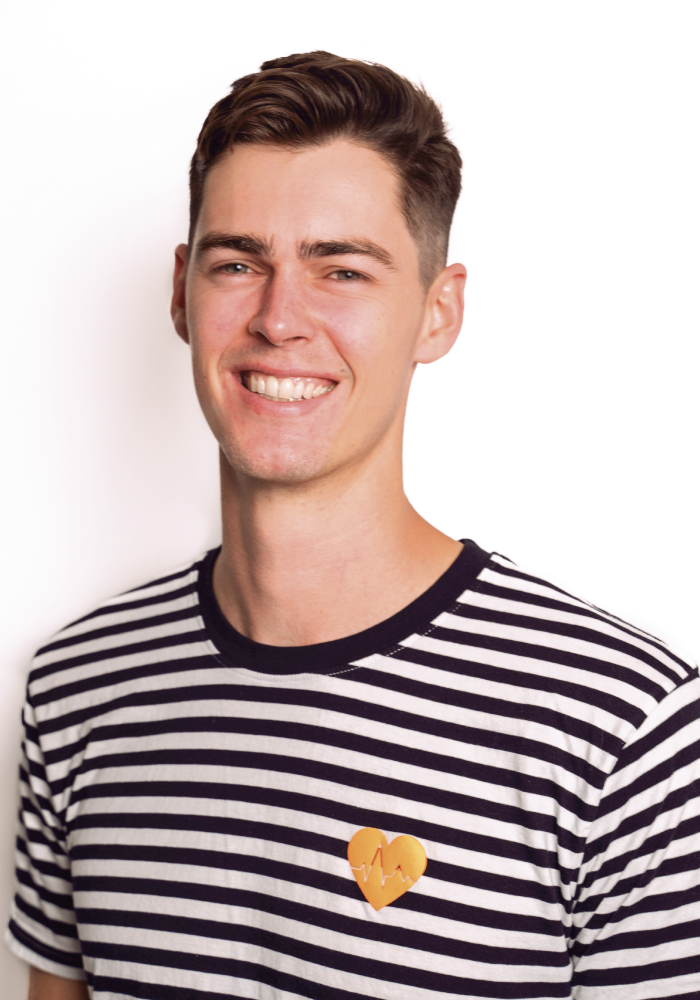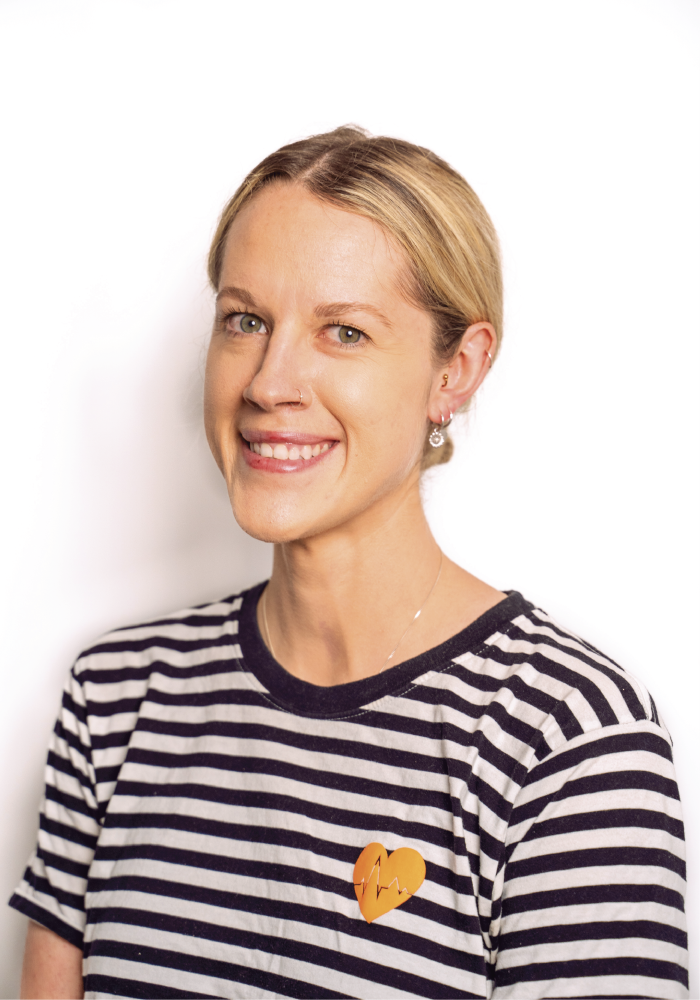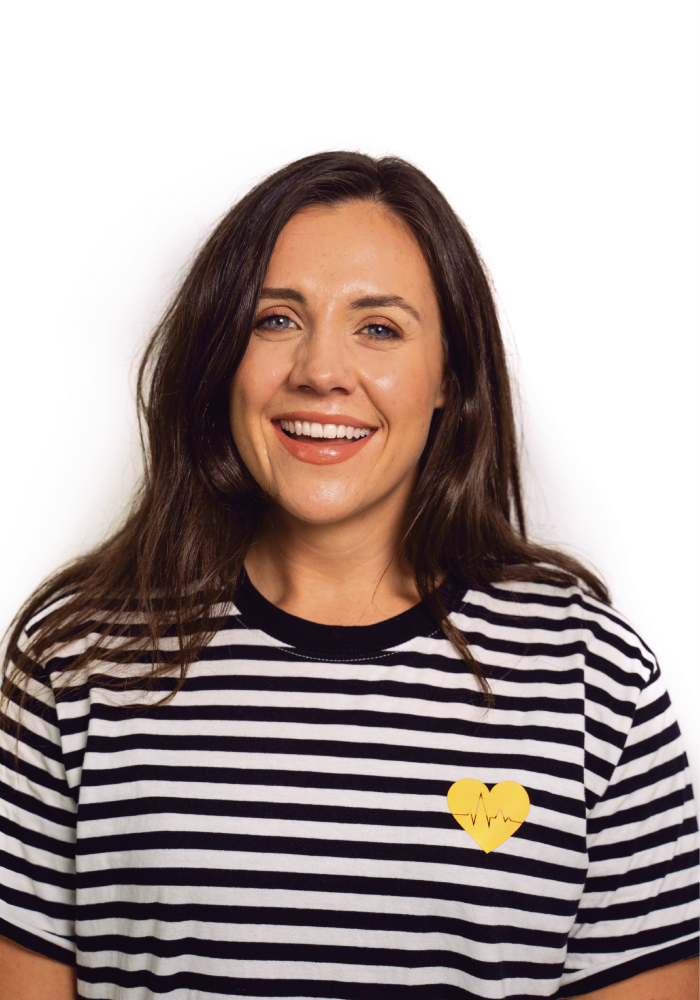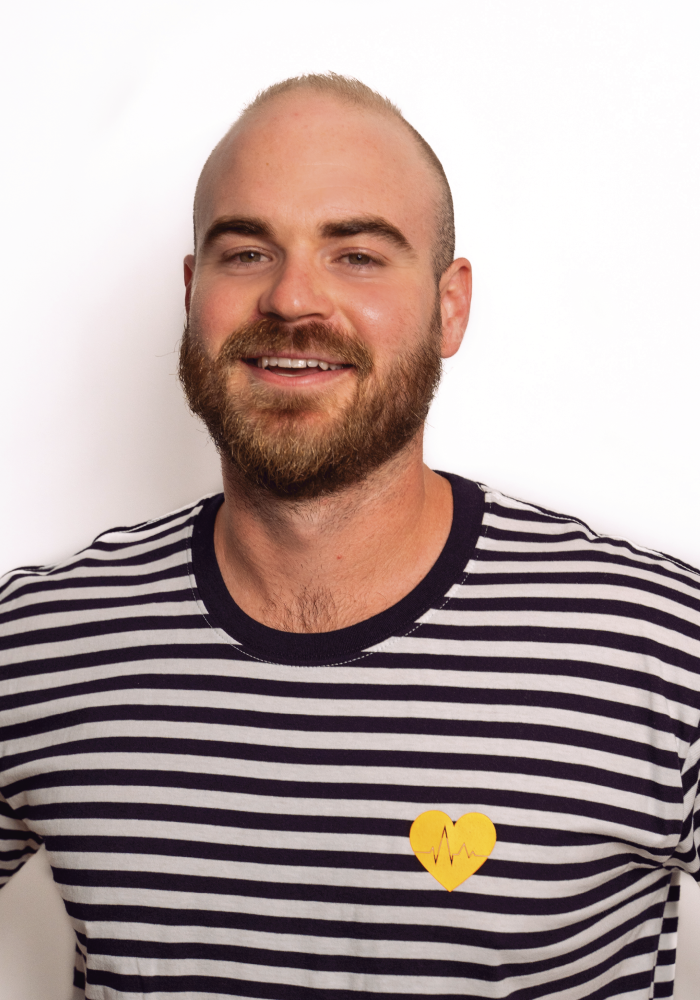Understand how a transfer works
Transfers can be such a huge part of gaining back some independence after a spinal cord or brain injury. Simply having the ability to get from one surface to another is grossly overlooked by people that don’t quite understand the possibilities.
- Lounging on the couch
- Using public restrooms
- Getting in and out of most cars (tall cars are tricky)
- Using gym equipment!
The list goes on and on…
Whatever it is, people with injuries are often unaware of their likelihood of transferring.
Transfers can be broken down into a couple of groups, but if you’ve read any of the other posts on across our blog, we know that every person is different and one or two sizes definitely doesn’t fit all. These groups are:
Thoracic Level Injury Method (with complete hand and tricep function)
AND
Cervical Level Injury Method (referring mainly to the inability to extend elbows due to loss of innovation to the triceps)
If you are still struggling with your ability to transfer, there could be some issues that you may have to work on:
- Weight reduction – as you can imagine the more useless body mass (fat tissue) you have in the body, the harder a movement will be to execute. Get in contact with a Dietitian to couple with your exercise to speed up the process (or ask us for a recommendation).
- Strength in Upper Limbs – many people suffer large amounts of strength loss after sustaining a traumatic injury. Whether it is from physical neurological damage that has affected the muscles in the upper limbs or the prolonged bed rest that you endured during your time in the hospital. Generally, strength loss is bound to happen and now it’s time to get to work.
- Spasms – if you are experiencing high amounts of spastic activity in the lower limbs, triggered by a number of things, it makes it difficult to predict exactly what could happen when you’re setting up for a transfer. Spasms do vary widely from person to person, and day to day, but understanding your triggers is the first step to controlling your environment to make these transfers possible. There is evidence to suggest that exercise over time can reduce the frequency of spasms, but knowing what body positions you are likely to spasm in is a great place to start.
- Flexibility – in some cases getting into transferring positions can be very difficult for those with inflexible hips, lower limbs, trunks and even shoulder or chest. Beginning a stretching program as soon as possible to address any potential issues could not only be beneficial for transfers but for other areas of your life.
- Seated Balance – if you are having trouble finding your balance, even when you’re seated and not grabbing onto something or someone, it might be difficult to safely work on your transfers. Seated balance exercises are relatively simple, but the more you can experience moments of instability in a safe environment the better you will be at making the necessary adjustments to keep your balance during those moments. There are hundreds of seated balance exercises out there so get in contact if you want some pointers.

Understanding how a transfer works
To make a transfer movement as simple as possible I want you to picture your body as a “seesaw”… (please forgive the stick figures but it’s the easiest way to learn). When you are seated back in your seat, the vast majority of your body weight is supported through your hips, let’s say approximately 90%. In the same position, your feet are only getting the remaining 10% or so of your body weight (primarily your lower legs).
If you want to transfer as efficiently as possible, you will want to reduce the amount of weight on your hips, because this is the part of the body you wish you move. Still with me? Good. The lighter your hips are the easier it is to transfer.
Thankfully, for most people, the ability to transfer is relative to their technique and body position.
By shifting your upper body weight forward and supporting yourself through your upper limbs, it is possible to reduce the amount of weight through your hips, therefore, reducing the strength needed to transfer entirely!
Of course, again, every person is different, some people have weak or tight or zero innovation in their lower limbs and that’s why it’s so important to learn this skill with someone with training and experience.
Thoracic Spinal Injury Methods

Having the use of your triceps is definitely a great advantage to transferring in general, however, there are many constraints to consider. Hand placement, foot position, wheelchair placement relative to the surface you are transferring onto, head position, physical cues and other factors all come into play when learning this new skill. By using elbow extension you will be able to relieve pressure through the hips more easily and shift weight into the hands and upper limbs. But, this doesn’t mean you have to muscle your way on and off of things, this will only increase your chance of injury. The technique is what will save your shoulders.
Cervical Spinal Injury Method
If you don’t have any tricep activation, or barely any to the point of not being functionally useful for the task, you will be relying on a few other important muscle groups to get the job done. Passive elbow extension through external shoulder rotation, shoulder abduction, and shoulder depression, will be your set of muscles used for pressure relief of your hips. Now, this might seem more difficult, but as I’ve mentioned before, it’s all about technique. If you have the right directions and guidance it is possible to figure out a way to transfer that is specific to your situation.
When you master the horizontal transfer to a surface that is a similar height to your chair you might want to learn how floor to chair transfers could be a possibility for yourself! This transfer is extremely useful for getting in and out of your chair and onto the floor, so if you ever were to fall out of your chair and need to get back in, or maybe want to get on the ground to play with your children, it’s just another tool in the shed.
If you’ve found this information useful and might be interested in trying to learn the skill of transferring, please don’t hesitate to get in touch and book an appointment with us or message us on Facebook. The possibilities are in front of you, now you just have to pursue them.
Find out more in our video below.
